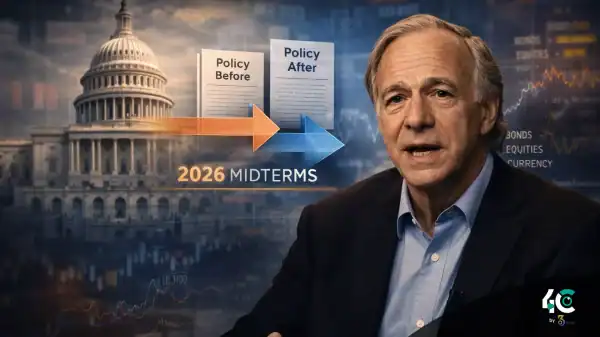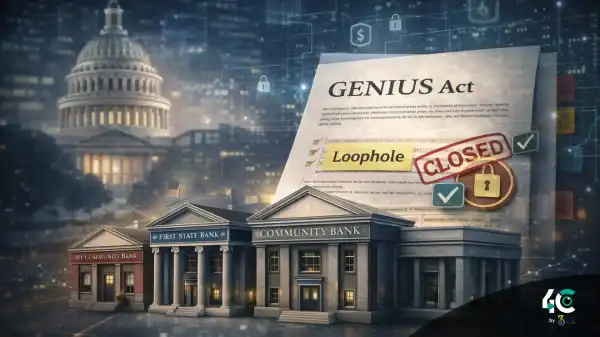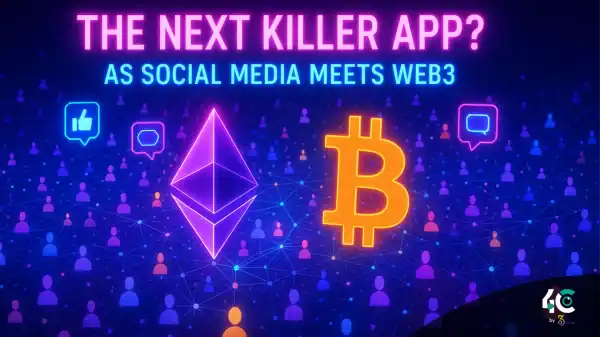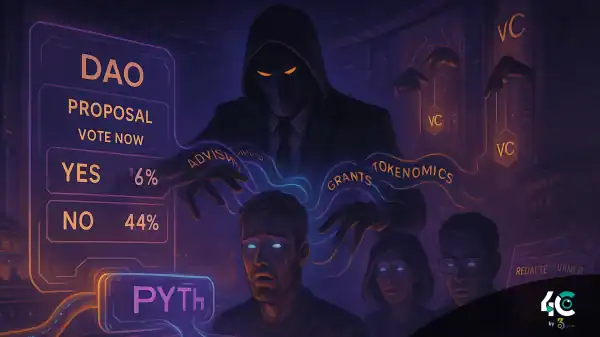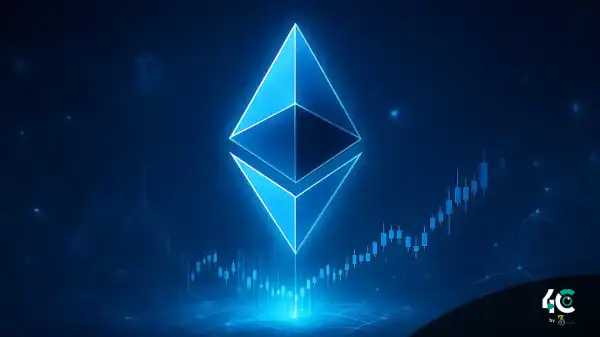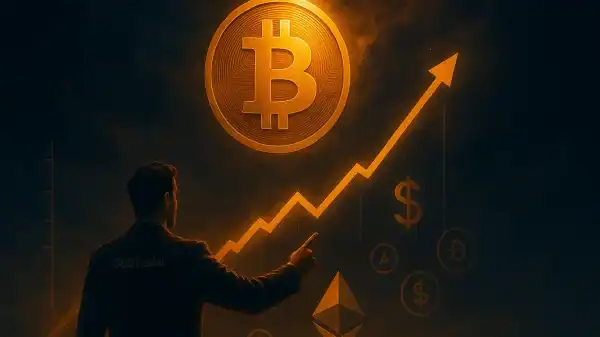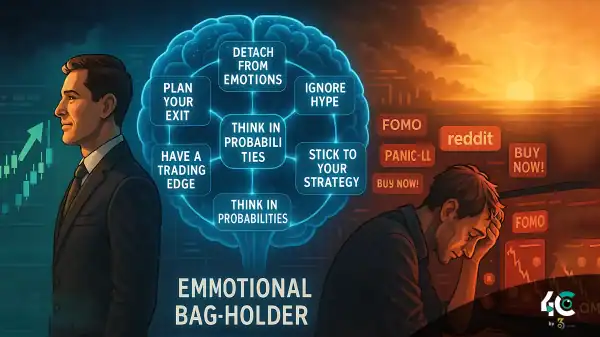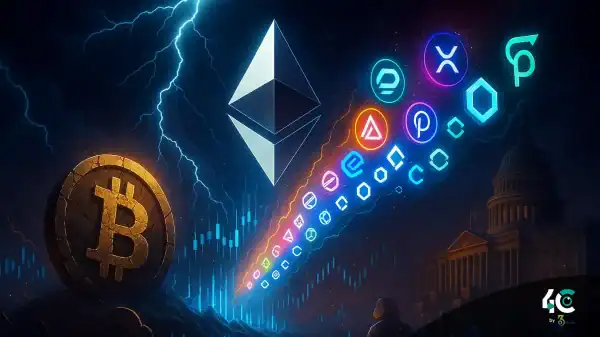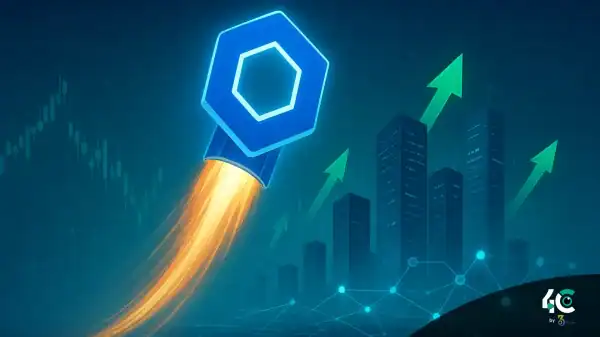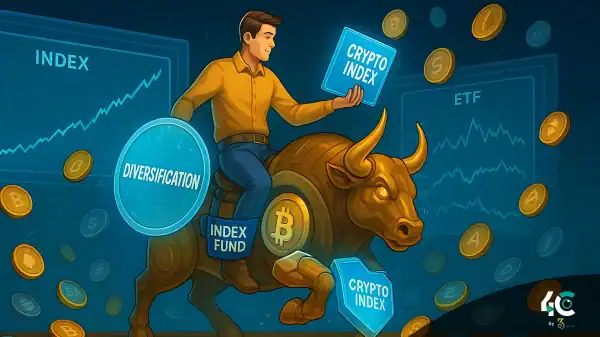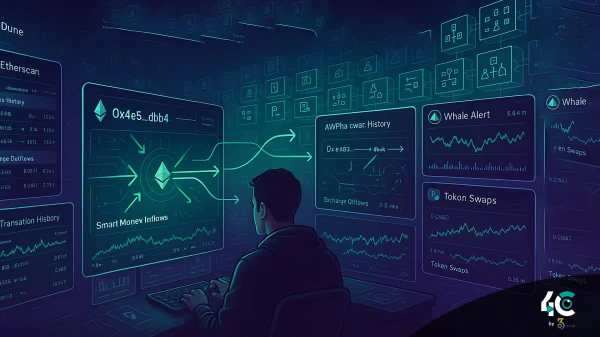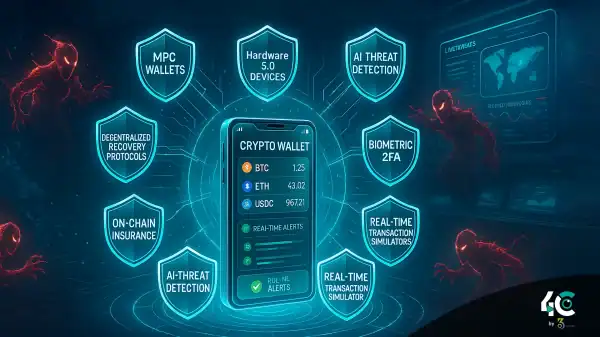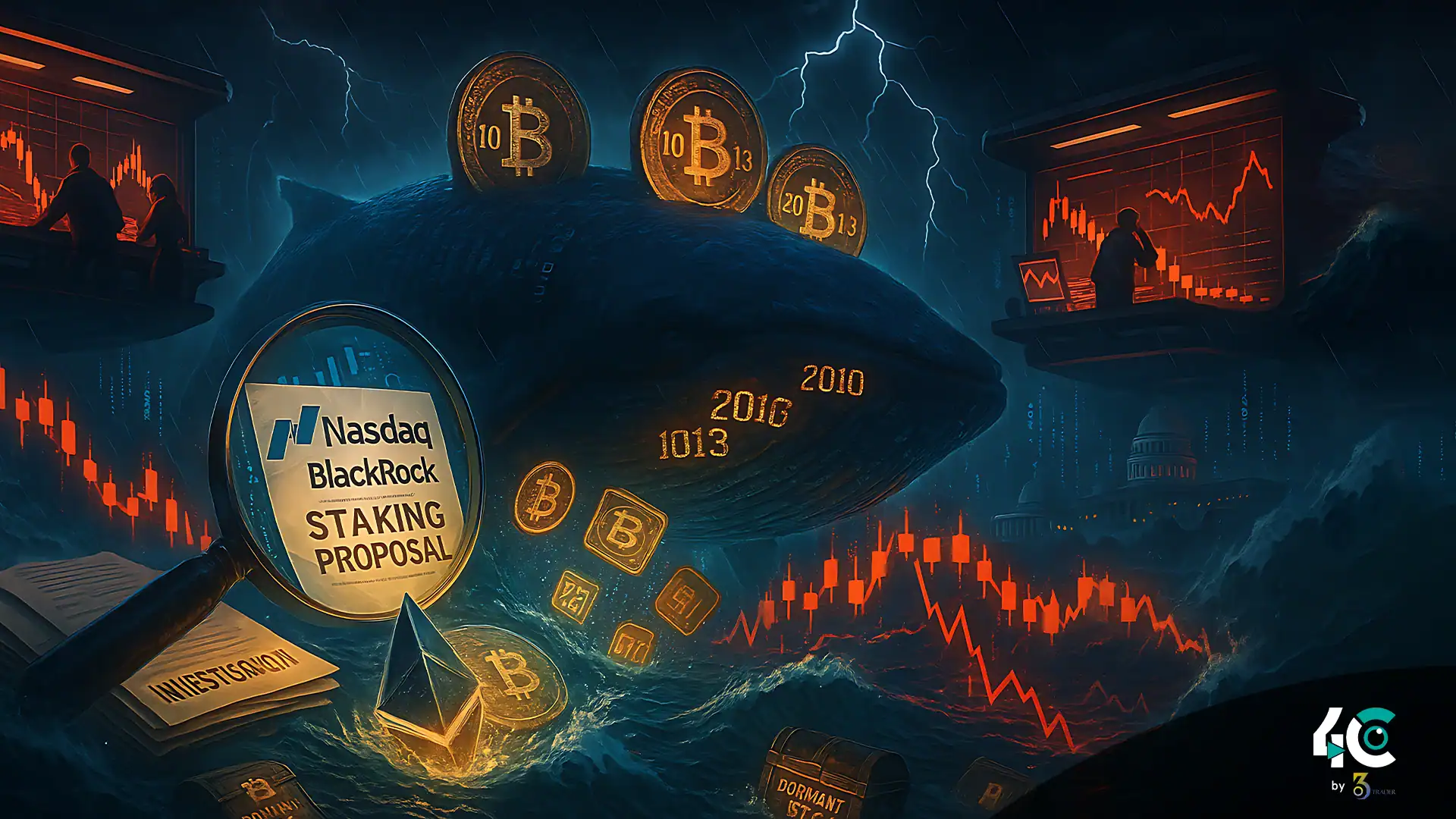What Are “Sleeping Whales”?
Bitcoin wallets that haven’t been used in 5 years or more.
Currently inactive supply: ~1.8M BTC.
Why They Matter
- Just waking up can trigger panic selling.
- No selling needed—markets react to movement alone.
Recent Examples
- In 2023, nearly $3B in bitcoin moved from a wallet created in 2013. The bitcoin market dropped in price by 15% in a matter of days.
- Mt. Gox wallets stirred in 2024, resulting in $30B in liquidation concerns.
How Whales Crash Markets Without Selling
1. The Shadow Dump Tactic
- Transfer your old BTC to a new wallet.
- Allow blockchain analysts to track the motion.
- Traders panic and begin to sell even before the dump happens.
→ The Whale Never Sold, But Price Drops 10–20%
2. The OTC Backdoor
- First, gently sell off-exchange to institutions via OTC trades.
- Step 2: Shorting futures is a hedge used by buyers.
- Step 3: When the price drops in retail, weakness sells.
A 2012 whale who sold $1B worth of bitcoin via OTC caused CME shorts to spike.
3. The False Awakening
- Move coins to a custodial wallet like Coinbase or Binance.
- Media coverage shows Whale Alert!, hence market panic.
- Then… nothing. Coins sit unmoved for months.
Why? To shake out weak hands before a real rally.
Warnings Indicating a Whale Might Attack
1. Sudden Exchange Inflows
Check CryptoQuant’s “Exchange Whale Ratio“
Danger Zone: >85% of big deposits are whales.
2. Old Wallets Moving
Track: Glassnode’s “Dormant Supply” metric
Be cautious: 1,000+ BTC moved after being held for over 5 years.
3. Futures Market Reaction
Watch: CME BTC open interest
If shorts rise before the spot price falls, it’s a whale play.
How to Trade the Whale Waves
If You Spot a Whale, Move
- Wait 48 hours (false alarms are common).
- Inspect the data for short selling in cases of derivatives.
- Set stop-losses below key levels.
Long-Term Protection
- Ignore Whale Alert hype (most are irrelevant).
- Focus on macro trends: halving, ETFs, Fed policy.
The Biggest Sleeping Whales Left
| Wallet Age | BTC Held | Potential Impact |
| Mt. Gox | 140K BTC (~$9B) | Risk of mass liquidation |
| Patoshi Wallets (linked to Satoshi Nakamoto) | 1M+ BTC | $1.2B+ in value |
Why This Matters Now
- Post-halving volatility = whales awake.
- ETF liquidity lets big players exit quietly.
- AI trading bots overreact to on-chain moves.
The next trigger is a whale testing the waters from 2010 to 2013.
The Bottom Line
Sleeping whales don’t need to sell to move markets—fear does that for them.




